The overall market in week 31 was downcast, with southern hemisphere citrus seeing a large drop in price levels, in addition to this northern hemisphere cherries and grapes remained under pressure. Week 31 also saw Australia increase asking prices on citrus, this most certainly not helping market sentiment. The weather in week 31 remained hot across almost the entire country, with rainy conditions in the south of China finally coming to a trickle by the end of the week. Rainy conditions affected parts of central China with flooding affecting cities in Shaanxi. Forecast for week 32 shows high temperatures again across most of the country, with showers expected to affect Guangzhou and Shanghai at the end of the week
The citrus market is almost entirely made up of southern hemisphere produce with only lingering fruit from the U.S.A. Prices for oranges decreased in week 31, the first decrease was in the middle of the week followed by a larger decrease at the end of the week. The primary reason was due to increased arrivals, particularly from Australia. The supply from Australia increased in week 31 which put pressure on the price level in the market. Navels were pricing and able to find some movement at between ¥350-370 (count #64/72, 19kg) earlier in the week which then decreased to between ¥260-280 by the end of week 31, with only a few brands trying to keep their asking price above ¥300. Now that the market has begun to turn the quality of arrivals will play a more important role.
South African oranges also saw a marked decrease in prices during the week, with most of the navels pricing at between ¥150-170 (count #48/56, 15kg) by the weekend. Valencia types saw a similar decrease in prices with fruit priced in the range ¥190-210 (count #48/56, 15kg), valencia remained at a higher price level compared to the navels as the main category currently flooding the market was navels, in addition to this buyers also preferred the firmness of the valencias.
Australian Murcott remains available in the market but to a limited extent, with few brands to choose from. The best quality class 1 fruit with exclusive branding priced and moved gradually at between ¥450- 480 (count #80, 18kg), while their auxiliary brand priced in the range ¥360-380 with sluggish movement. Other brands with rough surfaces coupled with light marking could be found asking ¥300 (count #90).
Nova from South Africa remained in a similar price band, with most showing good quality with a bright orange colouration, good firmness and little marking moving at between ¥210-230 (1X, 10kg).
To the side South African navel exports to China and Hong Kong updated till week 29. To date exports are at 900k cartons which represents a decrease of -4% compared to 2014 or increase of 37% compared to 2013. The split of departures continues to favor Hong Kong by a large margin.
Although grapefruit arrivals began their decline in week 31, prices as well as movement did not increase and stayed similar to week 29/30. The price difference between Shanghai and Guangzhou continued to persist still likely due to the larger volumes arriving into the eastern region. Overall quality of arrivals still remained good, however soft fruit could be found in the market and to a larger extent in retail systems and small fruit shops. Most of the better Star Ruby available in Guangzhou was priced between ¥145-160 (count #40, 17kg) and in Shanghai at between ¥135-150 (count #40/45, 17kg). Movement of the product however slowed in week 31. Arrivals showing cold damage rather being discarded by many sellers.
South African grapefruit departures to Hong Kong and China, till week 29 were at 1,3 million cartons which equates to a 32% increase year on year or an increase of over 82% compared to 2013. As departures continue to wane the industry thus far has exported 2% more compared to the previous season.
Little change was seen in the market for South African lemons with most of the produce still hovering in the range ¥240-270 (count #100/113,15kg). The movement for South African lemons was not only affected by supply but to a great extent demand, as buyers weigh up the risk of purchasing. The updated lemon exports from South Africa, year to date volumes remain up at 941k cartons being sent till week 29 which represents a decrease of -34% compared to 2014 however it is still an increase of 153% compared to 2013. Departures of lemons from the Easter Cape are also likely to be down in the coming weeks due to severe rainfall.



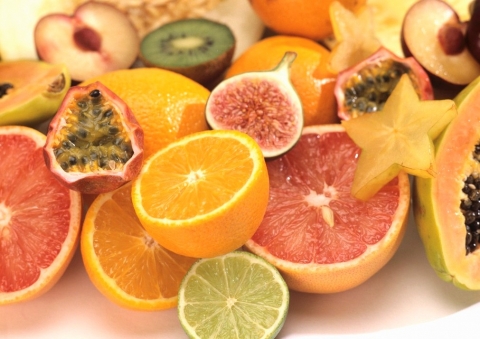













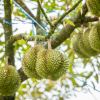

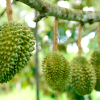

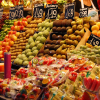
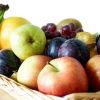


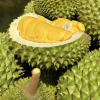

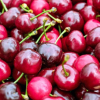
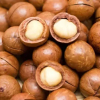

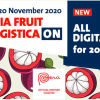
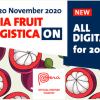

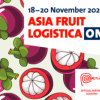
添加新评论